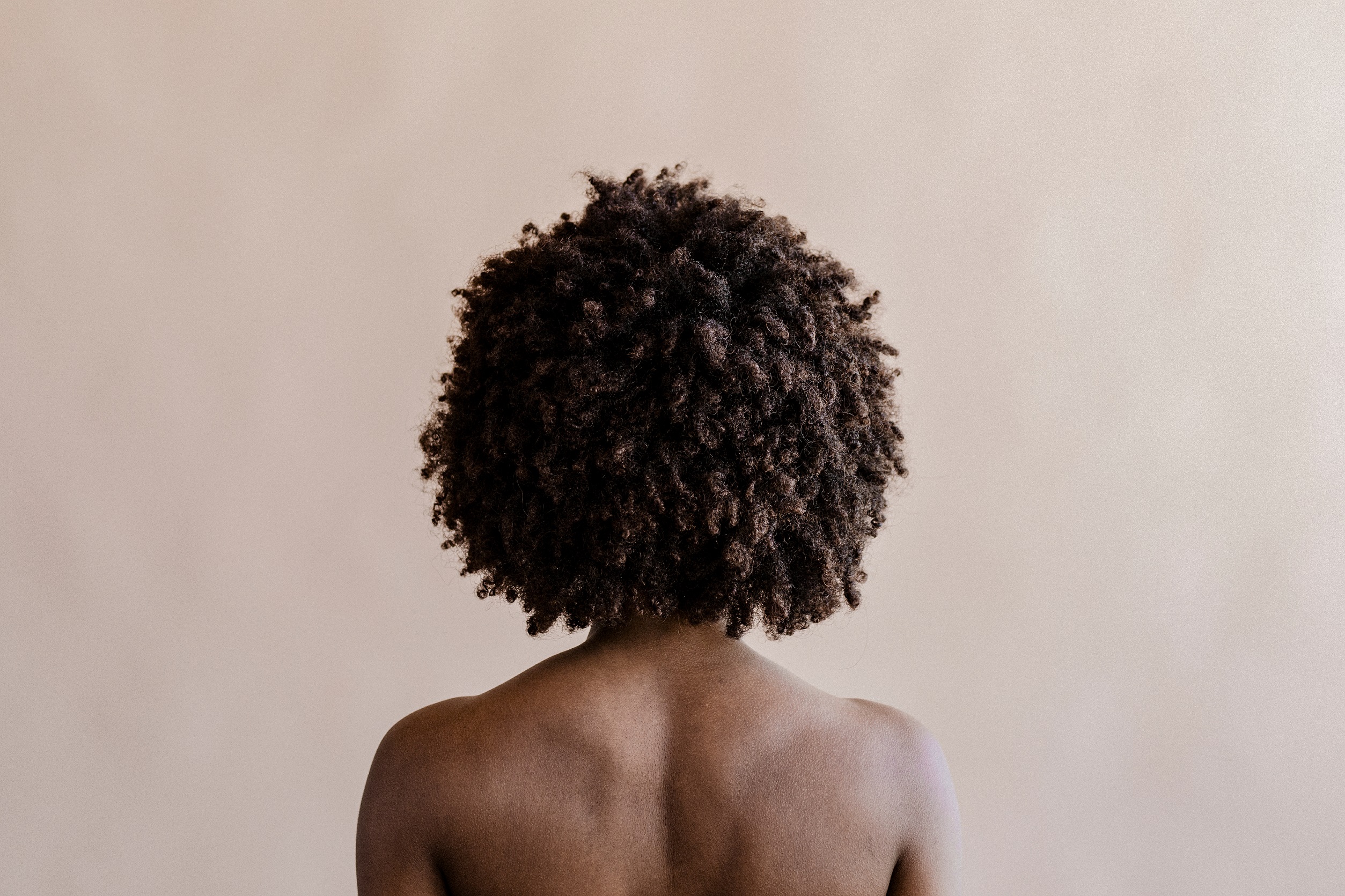Hair, often considered a crowning glory, has various attributes that dictate its appearance, feel, and behavior. Among these characteristics, hair thickness and density frequently emerge as subjects of interest, both in the beauty industry and among individuals keen on understanding and caring for their tresses.
While both terms might sound similar and are often used interchangeably in day-to-day conversations, they highlight distinct facets of our hair.
“The difference would be that density is about how many hairs you have and thickness describes how full your strand of hair is,” said Sass n’ Class Salon of Beauty hairstylist Keayoni Whittaker.
Whittaker spoke with 21Ninety to provide a clear understanding on the differences between these two terms. Having a firm grasp on each can help clarify misconceptions and assist in making informed decisions about hair care routines and products.
Hair Density
Whittaker explains that hair density is defined as the number of hair strands you have per square inch on your scalp. It’s a measure of the compactness of your hair on your head. It gives insight into the volume and fullness of someone’s hair.
“At a basic level, it’s all about quantity,” she said.
To truly assess your hair’s density, don’t just rely on a cursory glance. A more accurate way to gauge it is to observe your scalp.
“An easy way to tell the destiny of your hair would be by pulling your hair apart on your scalp, you will notice how much hair covers your scalp. If you are able to see your scalp then you will be consider low density,” Whittaker explained. “But, if you find your scalp remains largely hidden, enveloped by a sea of hair strands, your hair boasts a higher density.”
Interestingly, one can have thin but high-density hair or coarse yet low-density hair. For instance, many curly-haired individuals have thick strands but might not have a very high hair density, making their scalp visible in certain sections.
Low Density Hairstyles and Products
Recognizing your hair density can be instrumental in understanding how hairstyles or cuts might look on you. For example, certain styles that rely on volume might be better suited for those with higher hair density.
“I have had a lot clients come to me feeling hopeless about their hair because it is thin. But there are styles we can try to give the illusion of a full look,” the El Cerrito stylist said. “Women can try styles like twist-outs to give their natural hair a more voluminous look,”
Increasing hair density through hair products for natural hair is a topic of much interest and debate. While certain products can create the appearance of fuller, more voluminous hair by hydrating and reducing breakage, it’s crucial to understand that your actual hair density—meaning the number of hair follicles on the scalp—cannot be changed by topical products.
However, products rich in proteins, vitamins, and other nourishing ingredients can support hair health, potentially reducing hair fall and breakage and giving the illusion of increased density. Choosing products specifically formulated for natural hair types is essential, as they cater to unique hair needs, ensuring maximum benefit.
Hair Thickness
Knowing your hair’s thickness is fundamental because it plays a major role in how it reacts to products, holds styles, and overall health and resilience. For instance, coarser hair may often be more resistant to coloring and styling but also prone to dryness, requiring specific care and attention.
“A person’s hair thickness pertains to the width of individual hair strands,” Whittaker explained. “To discern the thickness of your hair, isolate a single strand and analyze its texture. If it feels substantial and coarse, you’re dealing with thick hair.”
Hair thickness is generally classified into three main categories: fine, medium, and coarse. Different ethnicities and genetic backgrounds often have typical hair thickness profiles. For example, many people of Asian descent tend to have coarser strands, rendering their hair thick, while individuals with Scandinavian lineage might predominantly possess finer strands.
Hairstyles for Thin Hairstyles and Hair Products
Boosting the thickness of thin hair using products for natural hair is a topic many pursue. While certain products can give the illusion of thicker strands by adding volume and reducing frizz, it’s vital to understand that they cannot actually increase the diameter of individual hair strands.
“I would recommend low tensions styles and keratin /protein treatment to insure the hair stays strong and not cause breakage easily,” Whittaker said.
There are also a few routines that Whittaker believes incorporating into your day-to-day life that will help with increasing your hair thickness.
“Make sure you maintain a healthy diet can result in the health of your hair. Remember hair grows from within. So, you should also find ways to minimize stress levels,” the stylist explained.
She also recommends adding a gentle scalp massage to your hair routine to stimulate hair growth and investing in higher quality hair products. Whittaker says Nixon has a particular product that helps with making the hair look more dense.
